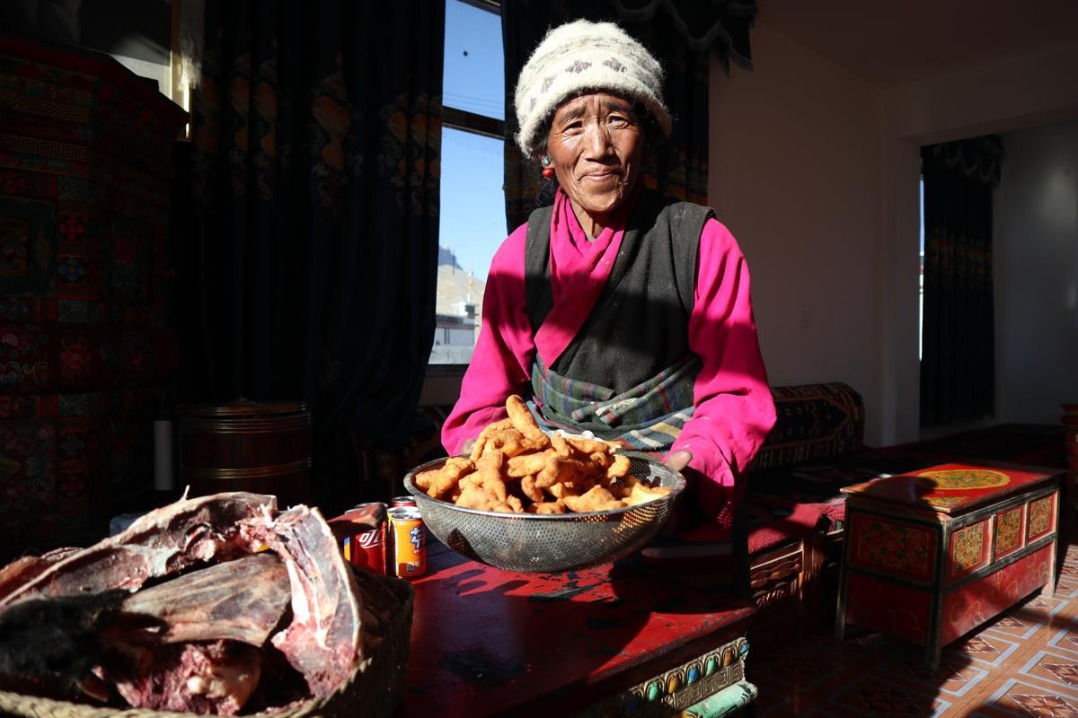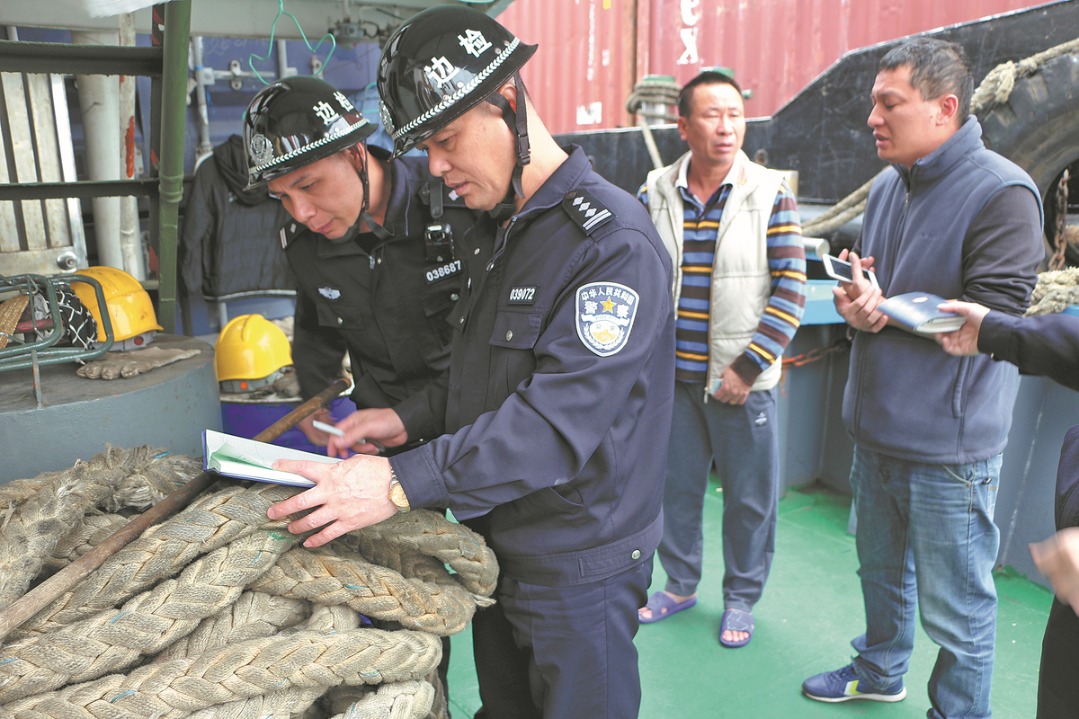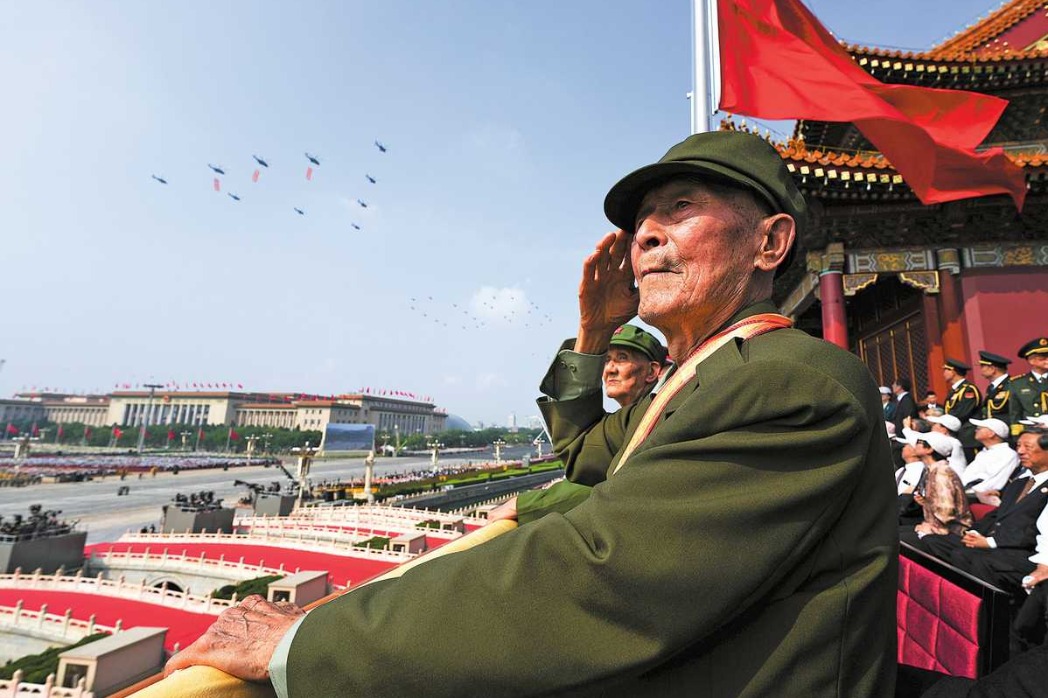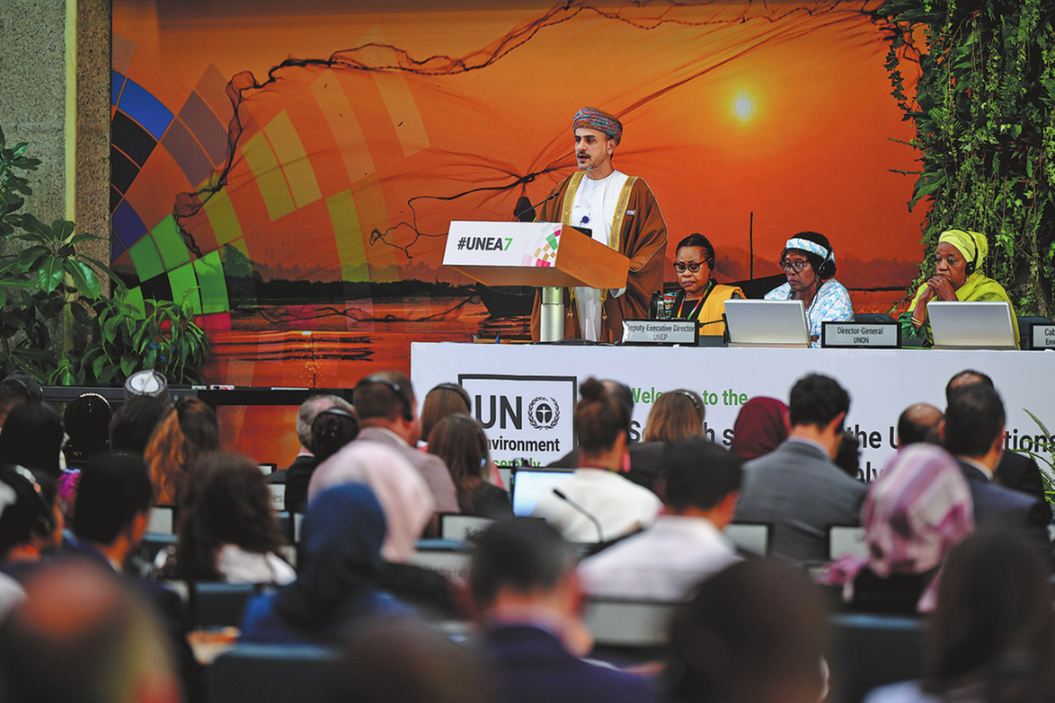Regional integration to ensure coordinated overall development

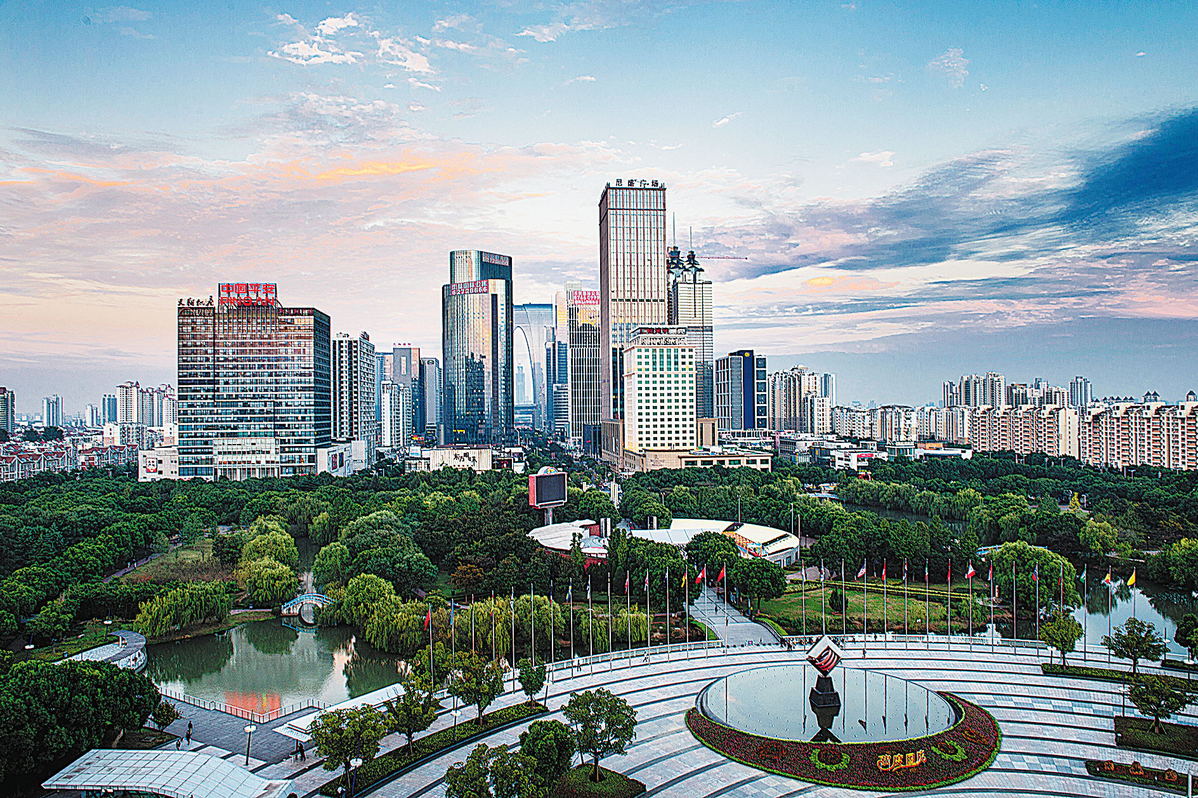
The economy in most parts of China remained basically stable in the second quarter of this year, with 26 of the 31 provincial-level regions registering positive GDP growth.
China has managed to overcome the adverse impact of some factors and shown a trend of economic stabilization and recovery.
The central and western regions have become the "ballast" of China's economic stability in the first half of the year, with GDP growth, industrial added value, fixed asset investment and employment indexes there being generally higher than in the eastern regions.
Because of the pandemic, the economic growth rate in the Yangtze River Delta region, for long one of China's economic locomotives, was lower than the national average, except for Anhui province. Economic growth in Northeast China has changed from weakness to recovery, with that of Heilongjiang province being slightly higher than the national average.
China has further implemented the strategy of coordinated regional development and established a mechanism to make the transmission of development dynamics between regions smoother. Through jointly building industrial parks, the ecological compensation mechanism and coordinating industrial and supply chains, economically developed regions have played a positive role in driving the development of less-developed regions. A coordinated response mechanism to the epidemic has also strengthened cooperation among regions in sharing medical resources, access to production materials and the flow of migrant workers.
China should take concrete measures in the second half of this year to accelerate the formation of a regional economic development layout featuring complementary advantages and high-quality development. China needs to accelerate the building of a unified domestic market as it is the key to a stable and vibrant regional economy.
The eastern region, meanwhile, should continue to focus on world-leading technological innovation, research and development, industrial clustering and the construction of new types of infrastructure while central and western regions should strengthen undertaking industrial transfers from the east.
Northeast China, meanwhile, should optimize its business environment, promote the deep integration of local universities, research institutes and other resources with local traditional manufacturing, and build a new base for high-end equipment manufacturing in the new era.

















